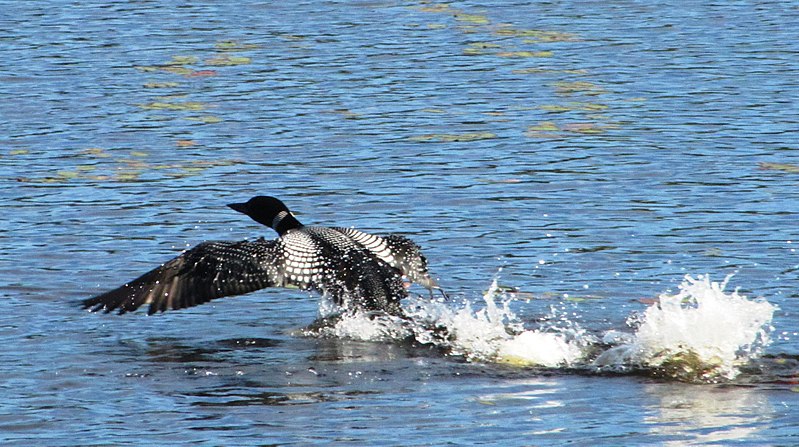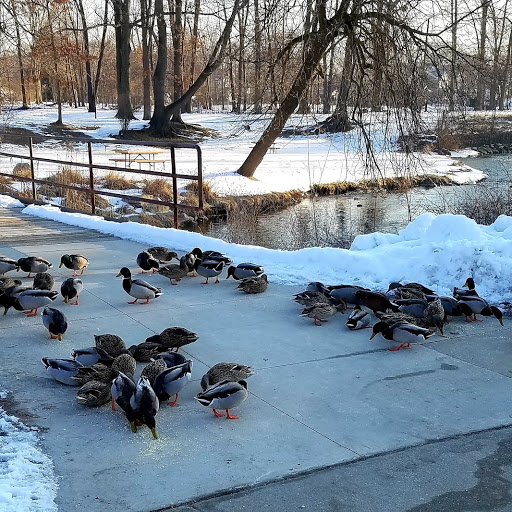Nearly 400 Bird Species At Risk Due to Climate Change, Audobon Society Says
Conservation group says almost 400 species are at risk. Its website lets people search for threatened birds locally.

The National Audubon Society says two-thirds of America’s bird species face extinction before the end of the 21st century because of climate change.
Audubon Great Lakes makes the claim in a new climate report, “Survival by Degrees: 389 Bird Species on the Brink.” It details which species are at risk, and what can be done to help save them.
“It’s a bird emergency.” — David Yarnold, CEO and president of Audubon.
Scientists studied more than 600 North American bird species using millions of bird records, including observations from biologists and bird watchers.
“Birds are an important indicator species,” says Audubon’s Erin Rowan. “If an ecosystem is broken for birds, it is or will be soon for people, too.”
Audubon has created this interactive tool on its website that allows users to search for endangered or threatened species by ZIP code or state.
The common loon is one of several bird species in Michigan facing threats from climate change. One of those threats is a loss of habitat caused by humans, according to University of Detroit Mercy law professor Nick Schroeck.
“People like to live next to the lake, so loss of coastal wetlands are a big problem,” Schroeck says.
Click on the player to hear Nick Schroeck’s conversation with WDET’s Pat Batcheller on bird loss, and read a transcript, edited for clarity, below.
WDET’s Pat Batcheller: What are some of the threats facing birds in Michigan?
Nick Schroeck, environmental law expert: What we’re looking at is habitat loss. People like to live next to the lake, so loss of coastal wetlands are a big problem. What this report specifically looks at is the changing climate. With warmer temperatures, we have more intense storms, which can be damaging to young waterfowl, like loons. Temperature changes can also interrupt the food source, the fish loons eat. And fluctuation in water levels can change where birds are able to nest. All of those factors can lead to threats to species that are already stressed by human-caused problems.

We’ve seen historically high water levels on the Great Lakes this year. Many other species are also at risk, including wild turkeys, bald eagles and mallard ducks. How important are these species to Michigan?
Birds are very important because they’re part of the broader ecosystem. A lot of birds are great for pest control. Eagles, hawks and other raptors will go after mice, voles and other rodents. A lot of our birds eat many of the insects that cause harm to humans through biting.
Such as mosquitos, which can carry the virus that causes eastern equine encephalitis.
Absolutely. So making sure we have healthy bird populations and bat populations helps keep that in balance. When you start to see threats to these species, or extinction, that can lead to drastic consequences.
Recently, Kirtland’s warbler was removed from the federal government’s endangered species list. But even that species relies on conservation efforts to thrive. What else can we do to protect birds?
Kirtland’s warbler is a great success story, thanks to aggressive conservation efforts by the Michigan Department of Natural Resources and the U.S. Fish and Wildlife Service. Beyond that, having highly reflective windows helps. Many birds die after hitting windows. If you have house cats, keep them inside. House cats and feral cats kill billions of animals besides birds every year. We should also look at ways to preserve habitat, such as planting native plants that provide birds with food. And policies that promote habitat conservation are critically important.
